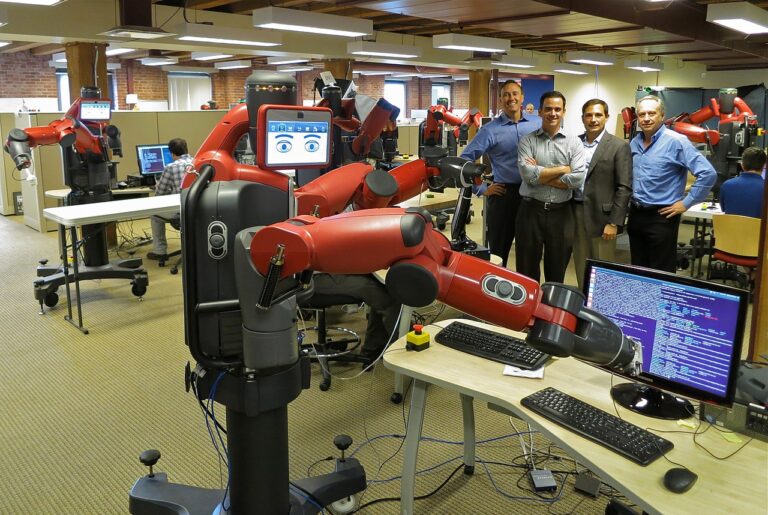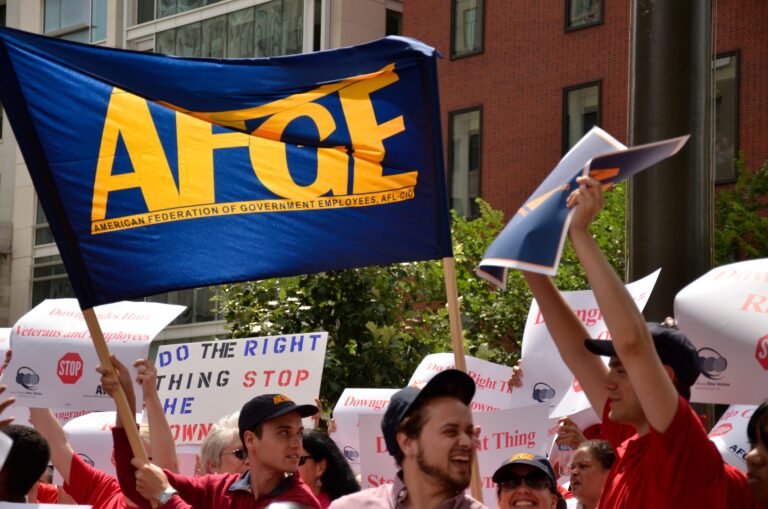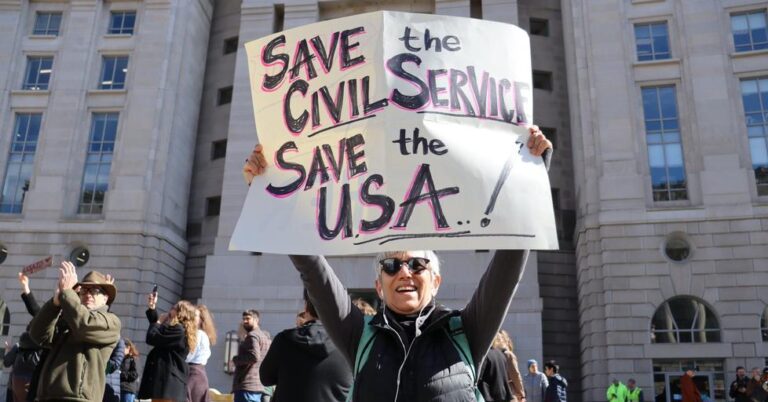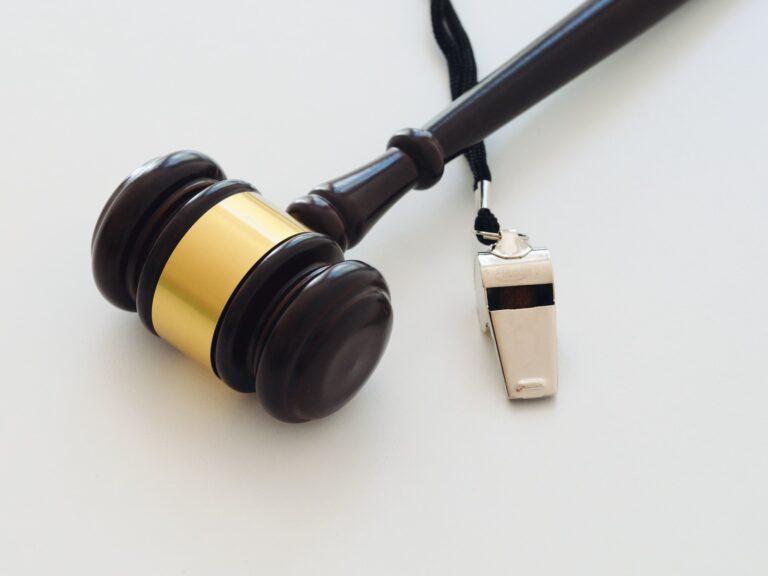
Otto Barenberg is a student at Harvard Law School and the Digital Director of OnLabor.
In today’s news and commentary, hotel employees go on strike; Amazon’s union election challenge fails; and a new report documents massive graduate student union growth.
On Sunday morning, over 4,000 hotel workers walked off the job in San Francisco, San Jose, Seattle, Boston, and Greenwich, CT, with strikes in more cities expected. Over 15,000 members of UNITE HERE—from housekeepers and bellhops to desk attendants and restaurant waitstaff—authorized three-day strikes in a dozen cities after contract negotiations with hotel operators Hyatt, Hilton, and Marriott reached an impasse.
“We’re on strike because the hotel industry has gotten off track,” Gwen Mills, UNITE HERE President, said in a statement. “During COVID, everyone suffered, but now the hotel industry is making record profits while workers and guests are left behind.” Rebeca Laroque, a twelve-year housekeeper at the Hyatt Regency Greenwich, explained why she walked out: “I work so hard and come home exhausted at the end of the day, but I still don’t make enough money to pay my bills. Going on strike is a huge sacrifice, but it’s something I have to do because I need a better life for me and my two kids.” As authorities project the busiest Labor Day travel period on record, the union has urged guests to boycott struck hotels and consult the union’s travel guide.
On Thursday, the National Labor Relations Board (NLRB) cemented a Staten Island warehouse as Amazon’s first unionized facility, dismissing the company’s legal challenges. The Board rejected Amazon’s objections to the 2022 representation election in which warehouse employees voted 2,654 to 2,131 to join the Amazon Labor Union (ALU), now a Teamsters affiliate. The retail giant had argued NLRB election workers’ conduct—including “failing to adequately staff the election, splitting the voting lines in alphabetical order, and failing to police media presence”—had tainted the election. But the Board concluded any lapses did not “convey[] partisan bias towards or against any party.” The Board also rejected Amazon’s charges that ALU leadership engaged in unlawful coercion. In the lead-up to the election, Christian Smalls, the founder of ALU, was arrested for trespass on Amazon property. The Board found that while the arrest may have elicited employees’ sympathy, “nothing in the conduct precipitating the arrest can reasonably be construed as coercive towards voters.” Still, the warehouse’s 8,000 workers face an uphill battle to reach the bargaining table. Amazon has stonewalled contract negotiations as a means of contesting the election results, and NLRB lawyers have accused the company of illegally firing and disciplining union supporters.
A new study documents an extraordinary 133 percent increase in graduate student union membership over the past decade. Approximately 38 percent of graduate student workers are now unionized—roughly 150,000 employees across 81 bargaining units. The NLRB’s 2016 decision in Columbia University, which held student workers are employees for the purposes of federal labor law, opened the floodgates to graduate student worker unionization. Since then, the lion’s share of graduate union expansion has occurred in the private sector, where over 50,000 employees are now represented. The UAW has been the biggest driver and beneficiary of the increase, representing nearly half of all unionized graduate student workers across the country.
The report, compiled by the National Center for the Study of Collective Bargaining in Higher Education and the Professions at Hunter College, tracks over 95 percent of higher education collective bargaining agreements and marks the first comprehensive study of unionization in the sector since 2012. Its findings extend to all academic employees. Since 2020, when Columbia University postdoctoral scholars became the first group to unionize, another nine postdoc bargaining units have formed, comprising 11,471 employees. There are now 19 undergraduate-employee-only bargaining units across the country, covering 3,515 workers. And faculty member unions have grown 7.5 percent since 2012, representing over 400,000 employees across 600 institutions.






Daily News & Commentary
Start your day with our roundup of the latest labor developments. See all
December 8
Private payrolls fall; NYC Council overrides mayoral veto on pay data; workers sue Starbucks.
December 7
Philadelphia transit workers indicate that a strike is imminent; a federal judge temporarily blocks State Department layoffs; and Virginia lawmakers consider legislation to repeal the state’s “right to work” law.
December 5
Netflix set to acquire Warner Bros., Gen Z men are the most pro-union generation in history, and lawmakers introduce the “No Robot Bosses Act.”
December 4
Unionized journalists win arbitration concerning AI, Starbucks challenges two NLRB rulings in the Fifth Circuit, and Philadelphia transit workers resume contract negotiations.
December 3
The Trump administration seeks to appeal a federal judge’s order that protects the CBAs of employees within the federal workforce; the U.S. Department of Labor launches an initiative to investigate violations of the H-1B visa program; and a union files a petition to form a bargaining unit for employees at the Met.
December 2
Fourth Circuit rejects broad reading of NLRA’s managerial exception; OPM cancels reduced tuition program for federal employees; Starbucks will pay $39 million for violating New York City’s Fair Workweek law; Mamdani and Sanders join striking baristas outside a Brooklyn Starbucks.